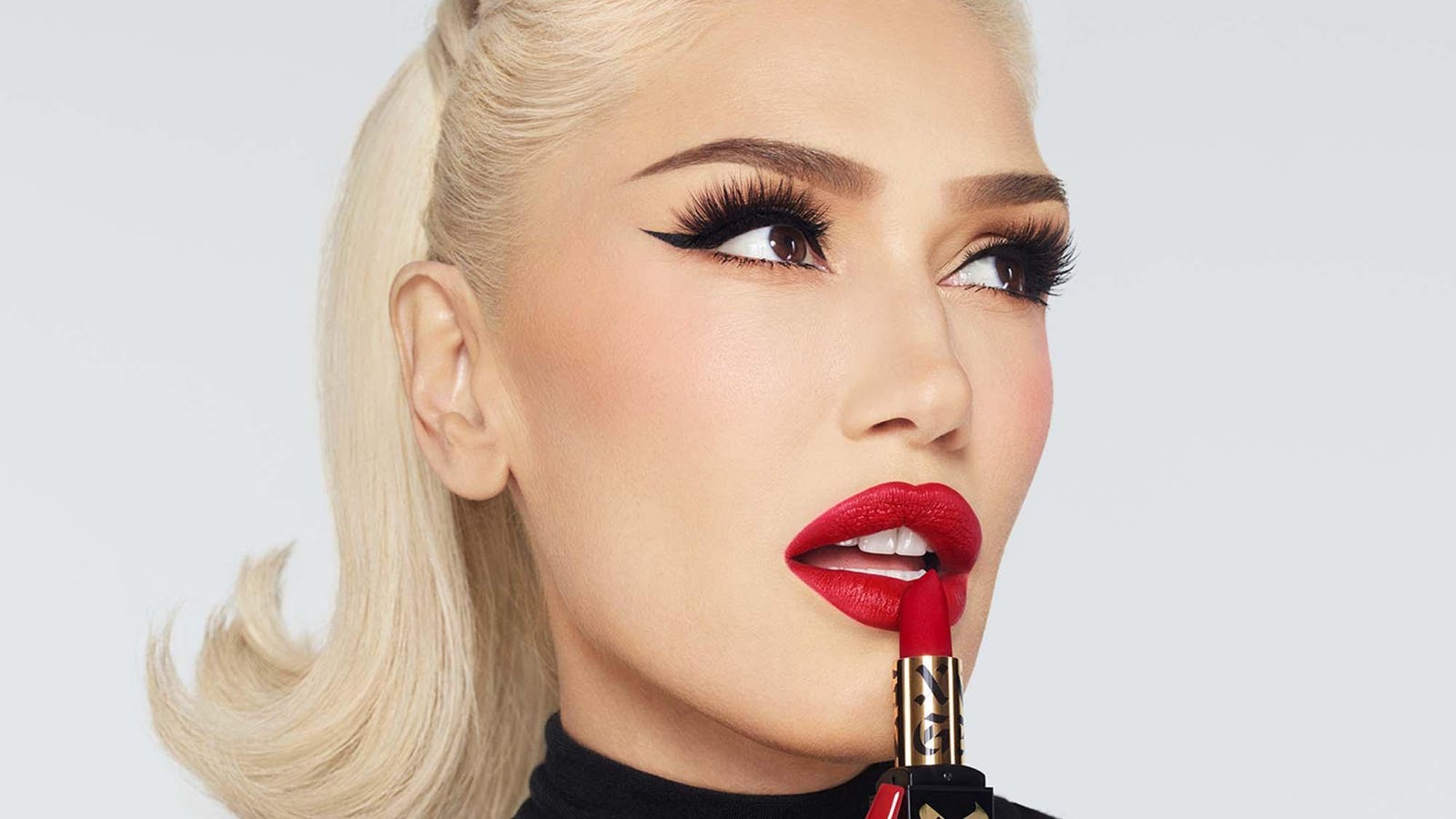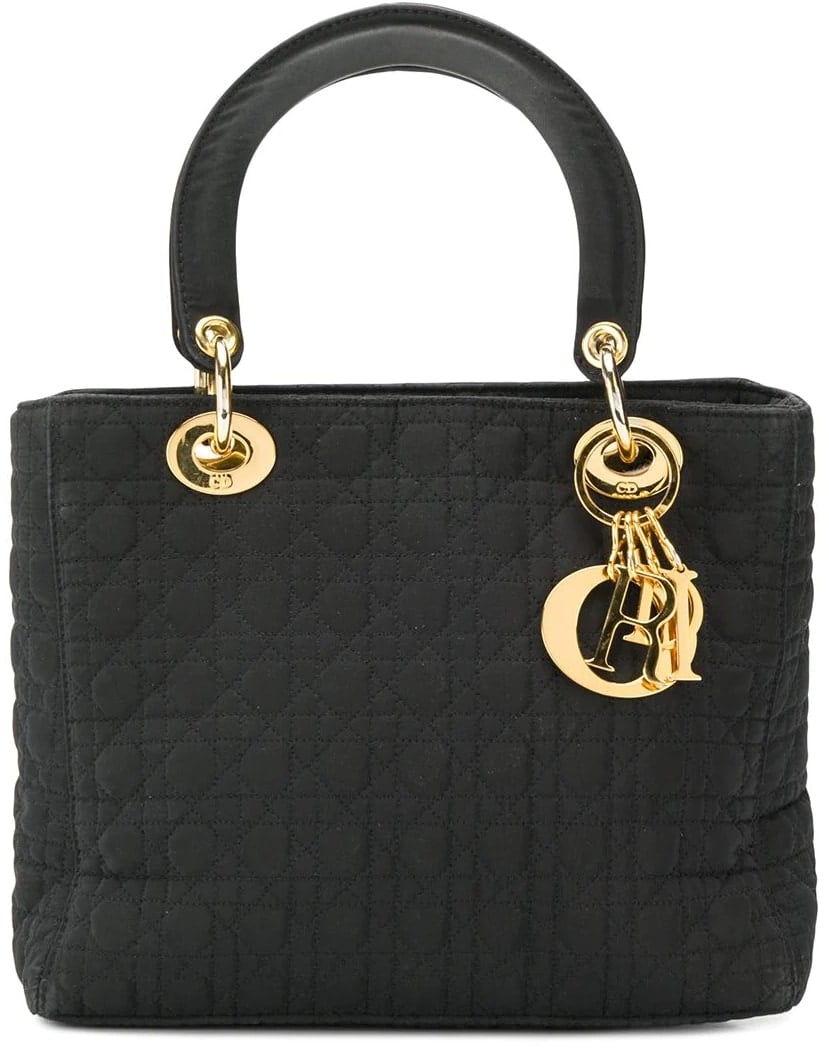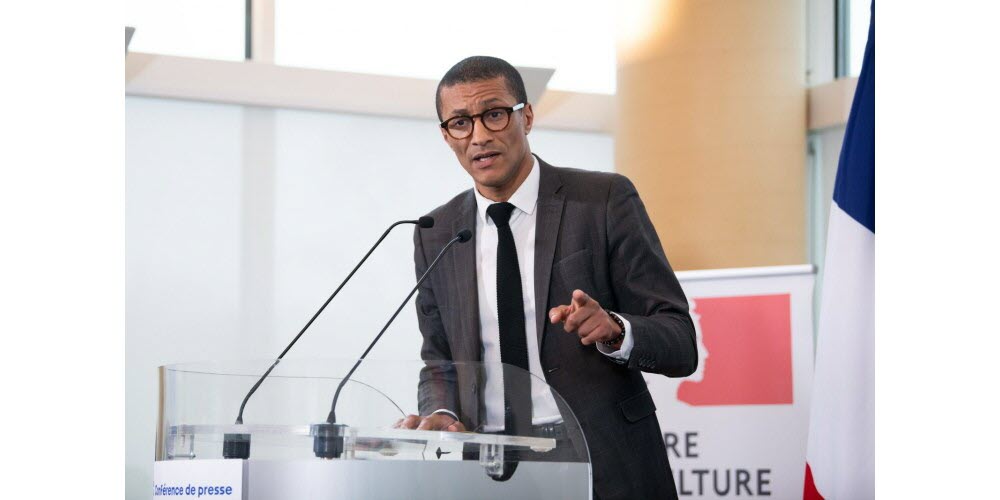Demna Gvasalia At Gucci: A $3 Billion Risk For Kering?

Table of Contents
Gvasalia's Controversial Aesthetic and its Potential Impact on Gucci's Brand Identity
Gvasalia's distinct aesthetic, honed during his tenure at Balenciaga, is characterized by deconstructed elements, streetwear influences, and a frequently polarizing design philosophy. This raises crucial questions about its compatibility with Gucci's established brand identity.
Analysis of Gvasalia's previous work at Balenciaga:
- Successful Collections: Balenciaga's Triple S sneaker, a chunky, intentionally "ugly" design, became a highly sought-after item, demonstrating Gvasalia's ability to create commercially successful, albeit controversial, pieces. His exploration of oversized silhouettes and unconventional tailoring also garnered significant attention.
- Unsuccessful Collections: Not all of Gvasalia's Balenciaga collections were met with universal praise. Some critics argued that certain designs lacked the refinement expected from a luxury brand, and certain collections struggled to resonate with a broader audience. Sales data for these collections would be crucial in assessing the true impact of his more experimental designs.
- Consumer Reaction: Social media sentiment surrounding Gvasalia's Balenciaga designs was highly divided. While some lauded his innovative approach and disruptive style, others criticized his designs for being too avant-garde or lacking the elegance associated with high fashion. Analyzing this mixed reception provides valuable insights into the potential challenges he might face at Gucci.
- Alignment with Gucci's Identity: Gvasalia's style presents a stark contrast to Gucci's traditionally opulent and more classic aesthetic. This significant stylistic shift could either revitalize the brand or alienate its loyal customer base.
The Risk of Alienating Gucci's Traditional Customer Base:
A drastic shift in design philosophy poses a significant risk for a heritage brand like Gucci.
- Customer Demographic: Gucci's current customer base includes a blend of affluent millennials and established luxury consumers. These distinct groups have varying expectations regarding design and brand identity.
- Brand Dilution: A radical departure from Gucci's established style could lead to brand dilution, diminishing the perceived value and exclusivity associated with the brand.
- Loss of Brand Equity: Negative consumer response to Gvasalia's designs could result in a decline in sales and a decrease in brand equity, impacting Kering's overall financial performance.
- Examples of Other Brands: The success or failure of other luxury brands undergoing stylistic transformations offers valuable lessons. For instance, some brands have successfully modernized their image, while others have suffered from a decline in sales and brand perception following similar shifts.
Market Analysis and the Competitive Landscape of the Luxury Fashion Industry
Understanding Gucci's current market position and the broader luxury landscape is crucial to assessing the viability of Gvasalia's appointment.
Gucci's current market position and financial performance:
- KPIs: Examining Gucci's recent revenue, profit margins, and market share provides a baseline for evaluating the potential impact of Gvasalia's designs.
- Competitor Analysis: Comparing Gucci's performance with key competitors like Louis Vuitton, Chanel, and Prada reveals its current standing within the fiercely competitive luxury market.
Assessment of the current trends and consumer preferences in the luxury fashion market:
- Consumer Demand: Current trends in the luxury fashion market indicate a growing demand for streetwear influences, minimalism, and maximalism. Understanding these trends is vital for predicting the market's reception of Gvasalia's designs.
- Social Media and Influencer Marketing: The impact of social media and influencer marketing on luxury brand perception is undeniable. A strategic social media campaign is essential to manage the perception of Gvasalia’s designs.
The potential financial implications of a successful or unsuccessful transition:
- Revenue Projections: Projecting revenue growth or decline based on various consumer responses allows for a more comprehensive risk assessment.
- Impact on Kering's Stock Price: The success or failure of this appointment will significantly impact Kering's stock price, highlighting the high stakes involved.
Strategies for Mitigating Risk and Maximizing Potential
To mitigate the risks and maximize the potential of Gvasalia's appointment, Kering needs a comprehensive strategy.
Marketing and communication strategies to manage consumer expectations:
- PR Campaigns: Effective PR campaigns and brand storytelling are crucial to introduce Gvasalia's vision to the Gucci audience and manage expectations.
- Social Media Strategy: Utilizing social media and influencer marketing to build anticipation and positively shape perception is paramount.
Potential collaborations and partnerships to broaden appeal:
- Strategic Partnerships: Collaborations with artists, designers, or other brands could bridge the gap between Gvasalia's style and Gucci's legacy, appealing to a wider audience.
- Maintaining Heritage: Strategies to maintain brand heritage while incorporating innovative design elements are essential to strike a balance between tradition and innovation.
Conclusion
The Demna Gvasalia at Gucci appointment presents both significant opportunities and considerable risks for Kering. Gvasalia’s unconventional style could revitalize the brand and attract a new generation of customers, potentially leading to billions in increased revenue. However, the risk of alienating Gucci's traditional customer base and damaging the brand's heritage is equally substantial. Kering's success hinges on a carefully executed strategy to manage this transition, leveraging effective marketing, strategic collaborations, and a keen understanding of the evolving luxury market. The ultimate outcome of this bold gamble remains uncertain, making the Demna Gvasalia at Gucci situation a captivating case study in luxury brand management and high-stakes risk assessment. Only time will tell if this bold decision proves to be a masterstroke or a costly mistake for Kering. Understanding the risks and rewards of the Demna Gvasalia at Gucci partnership is crucial for anyone following the luxury fashion industry.

Featured Posts
-
 Tom Hiddleston And Brie Larsons Monsterverse Movie Free Streaming Next Month
May 27, 2025
Tom Hiddleston And Brie Larsons Monsterverse Movie Free Streaming Next Month
May 27, 2025 -
 Eminems Gwen Stefani Reference The Story Behind The Surprising Line
May 27, 2025
Eminems Gwen Stefani Reference The Story Behind The Surprising Line
May 27, 2025 -
 Analyzing The Impact Of Elon Musks Recent Actions On Tesla
May 27, 2025
Analyzing The Impact Of Elon Musks Recent Actions On Tesla
May 27, 2025 -
 Crystal Palace Transfer News Emegha In Line For Matetas Spot
May 27, 2025
Crystal Palace Transfer News Emegha In Line For Matetas Spot
May 27, 2025 -
 Guccis Bamboo A Deep Dive Into The Making Of Iconic Handbags
May 27, 2025
Guccis Bamboo A Deep Dive Into The Making Of Iconic Handbags
May 27, 2025
Latest Posts
-
 Le Congres Du Ps Bouamrane Pour L Union Faure En Ligne De Mire
May 27, 2025
Le Congres Du Ps Bouamrane Pour L Union Faure En Ligne De Mire
May 27, 2025 -
 Bouamrane Vs Faure L Appel A L Unite Au Congres Du Ps
May 27, 2025
Bouamrane Vs Faure L Appel A L Unite Au Congres Du Ps
May 27, 2025 -
 Congres Ps Bouamrane Appelle A L Union Contre Faure
May 27, 2025
Congres Ps Bouamrane Appelle A L Union Contre Faure
May 27, 2025 -
 Unite Ou Fracture Le Congres Du Ps Sous Tension Bouamrane Vs Faure
May 27, 2025
Unite Ou Fracture Le Congres Du Ps Sous Tension Bouamrane Vs Faure
May 27, 2025 -
 Congres Du Ps Karim Bouamrane Plaide Pour L Unite Face A Olivier Faure
May 27, 2025
Congres Du Ps Karim Bouamrane Plaide Pour L Unite Face A Olivier Faure
May 27, 2025
